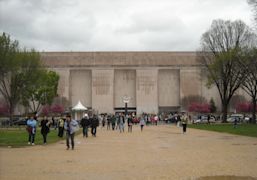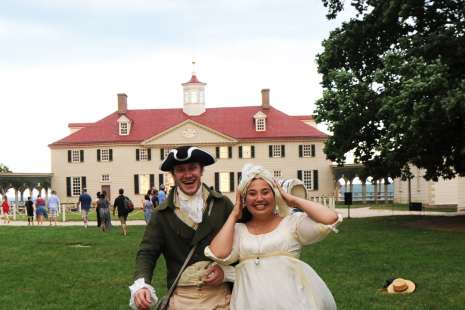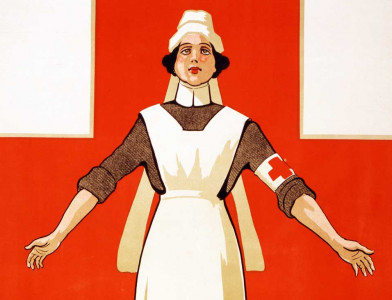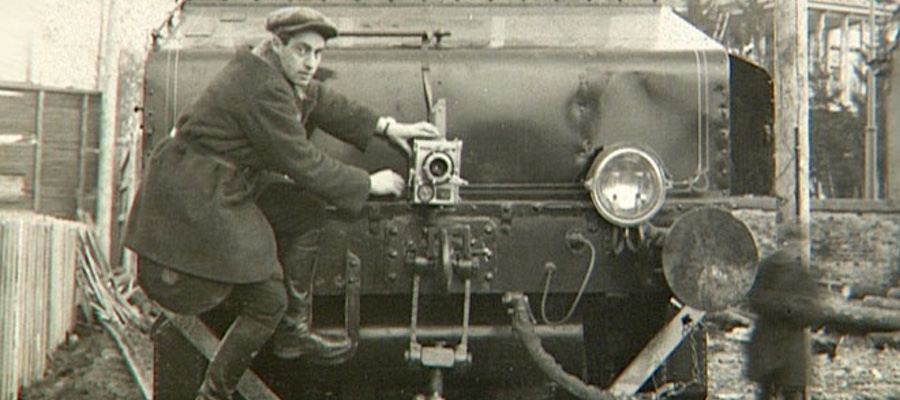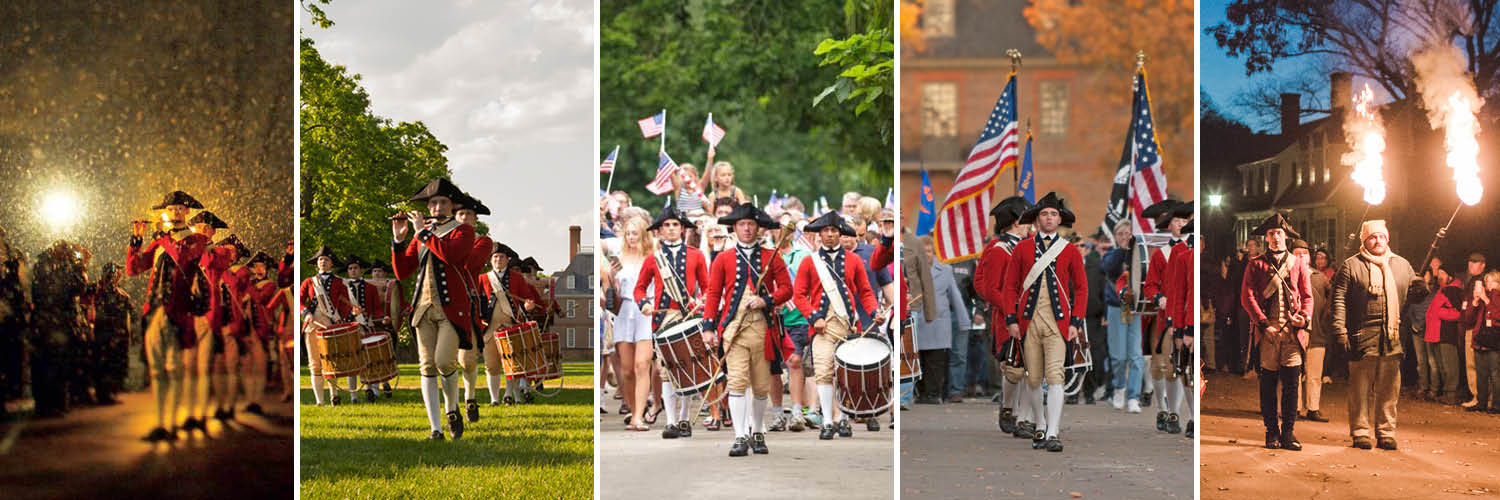What is an artifact?
What is an artifact? The National Geographic has a definition for what artifacts are. “An artifact is an object made by a human being. Artifacts include art, diaries, tools and clothing made by people of any time and place.”
 What is an artifact? Miniature replicas of these canons on a Civil War battlefield could be artifacts.
What is an artifact? Miniature replicas of these canons on a Civil War battlefield could be artifacts.Your history and social studies students discover what historians do when they apply the approach to considering the past through its written and material culture. Introduce the study of artifacts and historical objects to them by emphasizing that musical instruments, written material, kitchenware, school supplies, jewelry and athletic apparel all fall under the artifact umbrella.
Investigating a single artifact provides an opportunity for your students to use all their senses. They can touch something from the past. For example, a class examining a metal pouring jug looked for clues as to its past use. The blue stains were a sign. However, it was the smell of ink that still remained. This jug had been used by past generations of students to fill the writing inkwells they used in school. The students in this class were able to physically connect with another generation of students from the past.
Objects help social studies and history students understand difficult concepts. A group of students had spent time studying the Tudor period while working on an archaeological excavation. One student held up a piece of Elizabethan pottery. She asked, “Does this mean the Tudors lived in our village?” She was able to make a connection to this period of history when she actually saw and touched an item from that time.
Studying what is an artifact arouses curiosity
Engagement with an object could stimulate creativity or provide an intriguing hook into a topic with a mystery to be solved. It could also be used to explain a difficult concept and changing attitudes. Students are able to master asking questions in class or understand the chronological events in history.
You can introduce your artifact to the class by first wrapping it up. Pass the wrapped object around and ask your students to touch it looking for details that may help identify what is an artifact. Use language that will help to encourage curiosity such as “puzzle”, “mystery”, “unique” and “precious.” Put on white cotton gloves and pick up a magnifying class to begin the investigation process. This will encourage your students to treat the artifacts with respect and increases their significance.
Other ways to present your object to the class include projecting the artifact with a document camera or set up artifact centers to display the object or objects in the classroom. Students can discover the answer to the question what is an artifact when they can examine the object for themselves.
You could also place the artifact or artifacts at the front of the classroom. Your students could walk by and take observation notes. Students could use their mobile phones to take pictures of the artifact. They can take their mobile phones with them to compare these images with similar artifacts they see when they visit museums.
Once your class understands the definition of what is an artifact, review with them how historians and archaeologists analyze artifacts. Historians often use letters and diaries to investigate historical events of the past. Historians reference patent applications, artwork and photographic images. The National Archives encourages students to first decide what an artifact is made of before asking a series of questions.
Some questions you might ask the class include, who used it? List reasons you think so. What was it used for? List reasons. What does this tell you about the people who made and used it? What does it tell you about technology at the time it was made?
Other questions to ask include is it valuable? What do we mean by “valuable?” Is it always monetary, or should we consider social and sentimental value? How does an object’s value change with place and time? Is the object significant? Does it deserve to be in a museum? How did it get here? How does it make you feel? What does it tell us about the people who owned it or lived at that time?
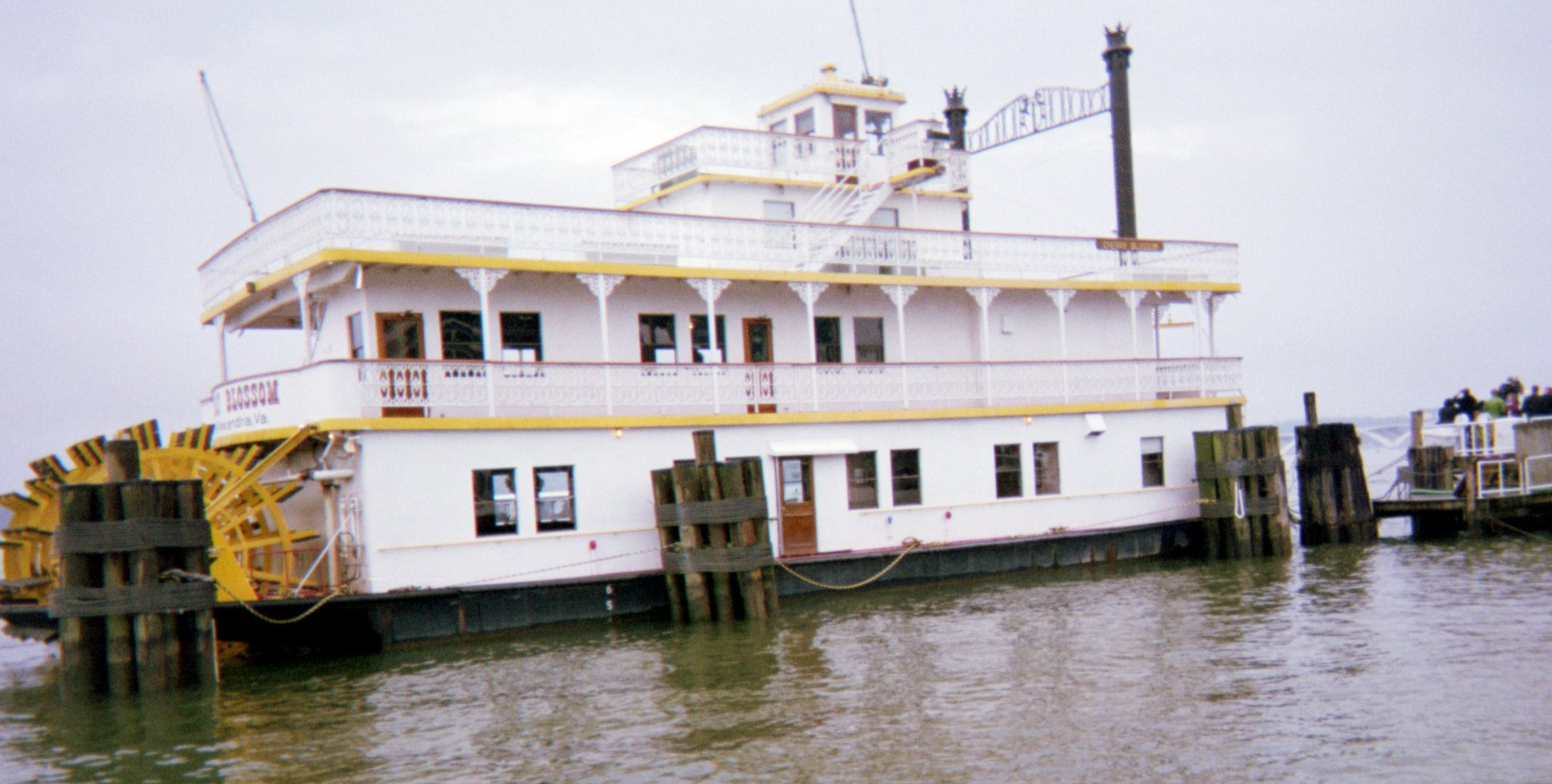 What is an artifact? Many stories of life on this riverboat can reveal what life was like in another historical time.
What is an artifact? Many stories of life on this riverboat can reveal what life was like in another historical time.Examining the artifacts in class
Ask students to choose an artifact from home that they are interested in examining. They could either bring it to class or submit the image remotely.
Students will then pretend they are a researcher, archaeologist or future student conducting a detailed analysis of the artifact. As part of their examination, they will answer many questions. What is the significance of the artifact? How is it an example of today’s culture? What does it suggest about society in the 21st century? What does it say about the technology of today? They will discover the answer to the question what is an artifact.
During their analysis, students consider what life might look like in the future. Students analyze their own artifact as a person living in the future. To answer the question what would that person think of the world we live in, assign students one of the following in-class activities.
Assign a writing response in which students should make evidence-based conclusions. Or you could ask students to peer-edit another student’s conclusions. Another way is to ask your students to evaluate how differing interpretations of the artifact could shape the way history is made. A final activity is to consider what the artifact might say about belief systems, commerce, technology or social organizations.
After students have gathered and analyzed their own artifacts, they can share their findings with the class. Each student can pick another student’s artifact to analyze in the same steps they took to analyze the artifact they brought to class from home.
The key to success is offering pupils a toolkit for further investigations. If they can investigate one object successfully, they will have a way to analyze any other artifact in any context. Students are more confident and will undertake other challenges.
Encourage your students to carry out an initial physical investigation, noting material, texture and color. Students will ask questions and aim to provide answers, either through further observation or making reference to prior learning. Some questions will require further investigation. Opportunities for meaningful research exercises will be created.
History and social studies students will discover that for some questions there are many possible answers. For other questions, there might not be an answer.
After the initial artifact examination and analysis, then the students should communicate their discoveries to others. On a separate sheet of notebook paper students should write an answer to a prompt on the board in class.
You could select one of the following prompts for them to write their answers. List three things you learned today about how historians use objects to detect history. How do historians use objects to learn about history? What can you learn from a photograph? What can you learn from an artifact? What could a historian discover about you from the objects you have with you today? The photographs you post on your Facebook page?
In time, your history and social studies students should be able to create their own class museum.
Wedgwood made in England are examples of historical artifacts.
Please visit A Mobile Phone App for Historical Sites and Museums for ideas on developing a mobile app for researching artifacts and objects found in these places.



